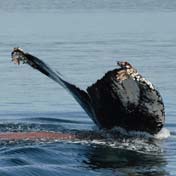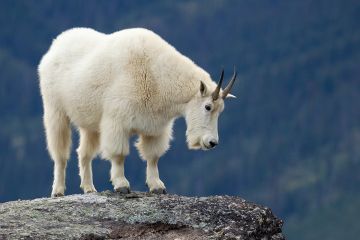Forest corridors vital for wildlife
- Anne MacLaurin
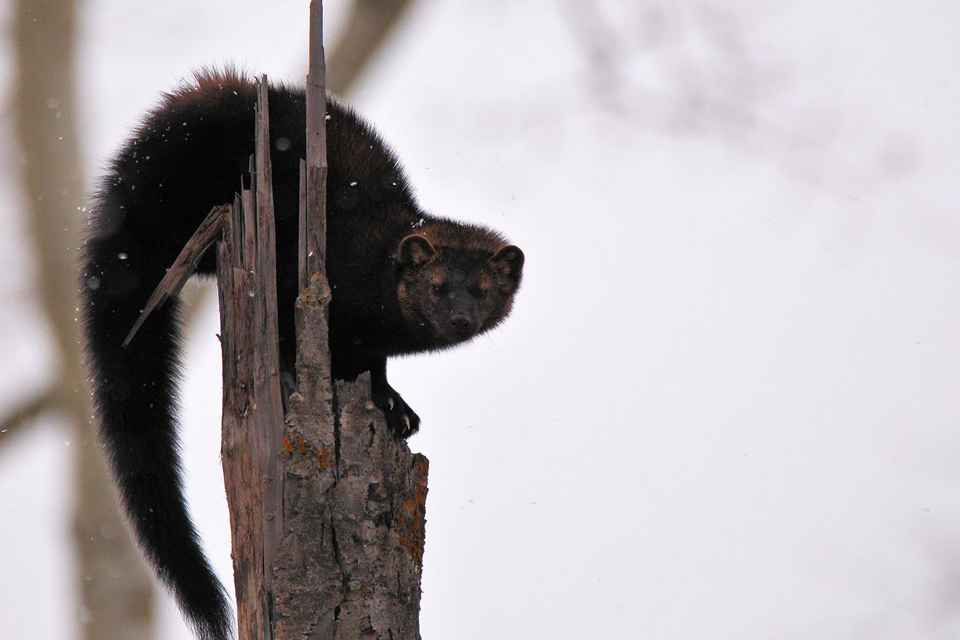
Canada has committed to protecting nearly 20 per cent of the country’s landscape by 2020. But many areas of conservation are currently a series of patchwork zones that force animals to hopscotch dangerously between unsafe areas.
Now, a new study led by recent University of Victoria PhD graduate Frances Stewart shows how the movements of one small mammal – the weasel-like fisher – through natural forested corridors underlines the importance of these safe pathways and points to implications for many other forest animals across the country such as the wolverine, moose, lynx and hare.
Calling for expansion of protected areas
“In some landscapes, protected areas stand alone in a sea of cleared and developed land”, says UVic environmental scientist Jason Fisher, who supervised the research and is one of the five co-authors of this new paper. “We hope that protected areas expand to include not only squares of natural forest, but also these long, linear forested corridors that connect protected areas. They’re vital if Canada’s protected areas are expected to maintain persistent mammal populations,” he adds.
“We traditionally assume animals are able to hopscotch between protected areas,” explains Stewart. “Instead, the fisher relies upon these corridors between and around the protected areas. If we continue on with ‘business as usual’ and assume that wildlife can hopscotch between areas of protection, we may continue to see more wildlife species at risk.”
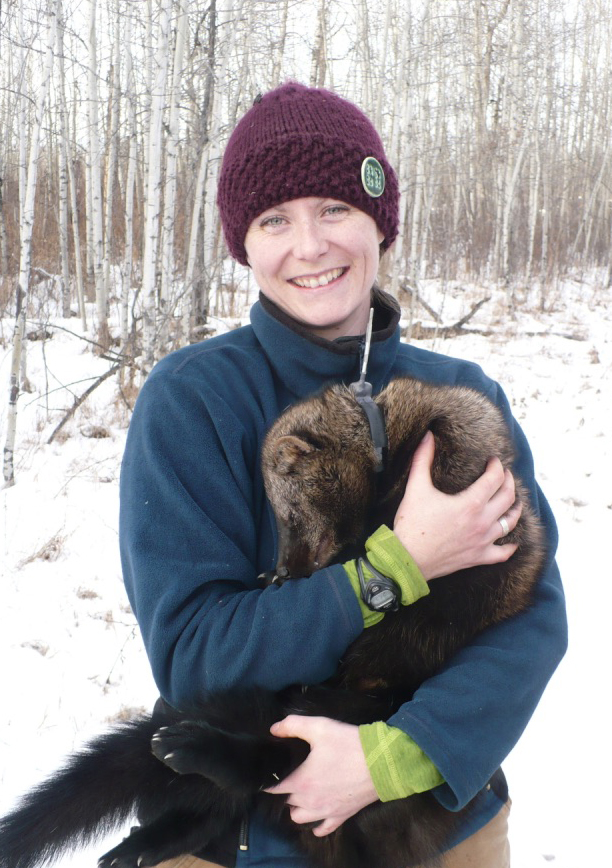
The fisher is a medium-sized mammal – about the same size of a house cat – that eats many smaller animals and is also preyed upon by larger animals. As such, the movements of the fisher in and around protected areas can give researchers an idea of what other forest animals need to survive.
Tracking wildlife movements with advanced technology
The new study tracked the movements of the fisher using advanced biologging technology. Stewart equipped 10 fishers with GPS collars that relayed minute-by-minute data on their movements throughout the Beaver Hills Biosphere (a UNESCO site) in central Alberta.
Stewart was able to precisely monitor how the fisher used the forested areas to show that the forest corridors were more important than the protected areas.
This is a case of quality versus quantity; it is about the quality of both the forested corridors and the protected areas, rather than the total quantity of protected areas alone.
– UVic PhD graduate Frances Stewart, environmental studies
The new paper, “Corridors best facilitate functional connectivity across a protected area network,” was published on Friday in Scientific Reports, a Nature research journal.
This research was supported by the Natural Sciences and Engineering Research Council, Alberta Environment and Parks, Royal Canadian Geographic Society and MITACS Accelerate, in addition to other funding and local support.
Photos
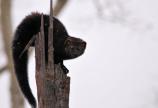

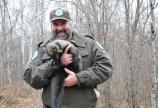
In this story
Keywords: wildlife, biodiversity, technology
People: Jason Fisher, Frances Stewart



